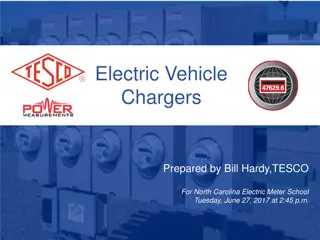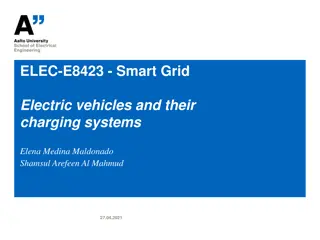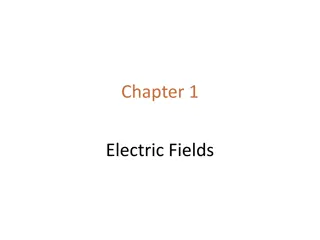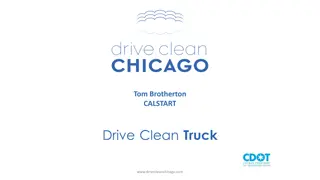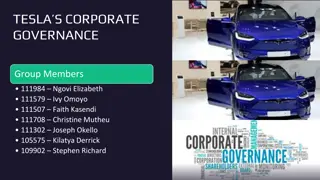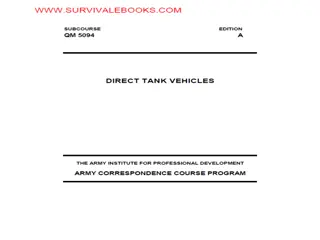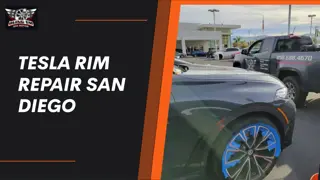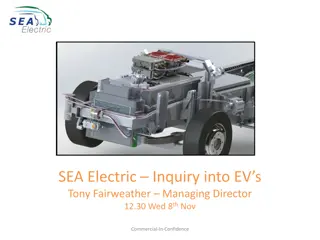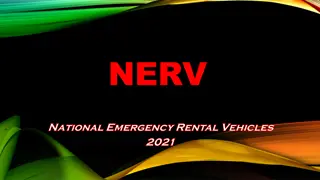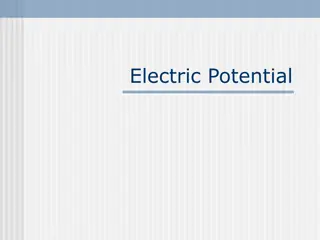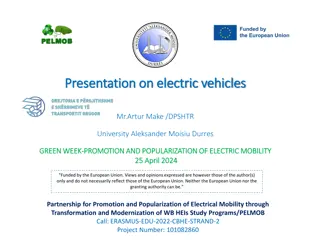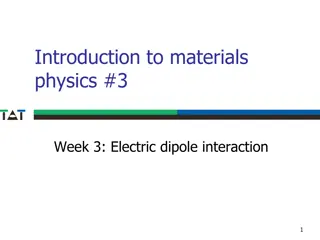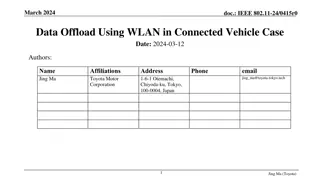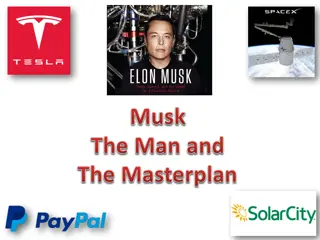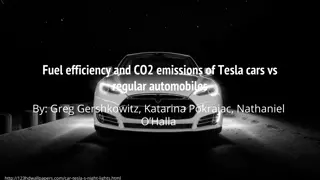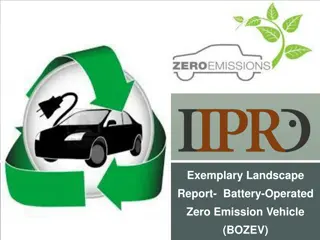Tesla's Impact on the Future of Electric Vehicles
Tesla has been a pioneering force in the electric vehicle industry, with a timeline showcasing key milestones from its inception by Martin Eberhard and Marc Tarpenning to Elon Musk's leadership. The company's innovative use of Lithium-Ion batteries, unique manufacturing processes, and distinct battery technology have set it apart. Tesla's models, such as the Model S and Model X, offer impressive features and performance, solidifying its position as a leader in the electric vehicle market.
Download Presentation

Please find below an Image/Link to download the presentation.
The content on the website is provided AS IS for your information and personal use only. It may not be sold, licensed, or shared on other websites without obtaining consent from the author. Download presentation by click this link. If you encounter any issues during the download, it is possible that the publisher has removed the file from their server.
E N D
Presentation Transcript
How Tesla is defining the future for Electric Vehicles Abhijit Limaye MS Bioenergy University of Illinois at Urbana-Champaign alimaye2@illinois.edu
Timeline July 2003 Martin Eberhard and Marc Tarpenning incorporated Tesla Motors. February 2004 Elon Musk financed US $7.5 million. July 2006 Tesla Roadster All electric Sports Car was revealed to public in California, but the sales began in February 2008. December 2007 Ze ev Drori became the CEO. October 2008 Elon Musk took over Drori as the CEO. 2010 Upgraded Roadster 2.5 was released. 2012 Production of Roadster model was stopped as contract with Lotus ended. June 2012 Model S Luxury Sedan was launched Early 2015 Model X to be launched, Model 3 to be launched in 2017.
Electric Vehicles 1. Hybrid Electric Vehicles (HEV s) Toyota Prius 2. Pure Electric Vehicles (EV s) Nissan Leaf, TESLA 3. Plug-in Hybrid Electric Vehicles (PHEV s) - Chevrolet Volt Parallel Hybrids Electric motor and Combustion engine are coupled to wheels through the transmission Series Hybrids Extended Range Electric Vehicles (EREV s)
Technology Lithium-Ion Batteries - Advantages High Energy and Power Density Ragone plot. Lithium is a lightweight metal, thus can be fabricated into large battery packs. Reusable and can be extracted from used batteries and recycled! Source: Battery manufacturing for hybrid and electric vehicles. Bill Cannis. 2013.
Manufacturing of a Battery Lithium is mainly mined in Chile, South America and powdered into Lithium Carbonate. Powder or Ingots are shipped to Tier 2 suppliers, who convert it back to Lithium metal in the form of long sheets (1.5 miles) and cut into cells. Shipped to Tier 1 suppliers who spray molten metals and establish cathode and anode, along with other components. Manufacturers or automakers assemble the individual cells Tesla motors.
Tesla Batteries Does not use single-purpose large format cells, but instead uses 6,831 -18650 commodity cells. Thus cost of making batteries is reduced It charges $200 more for 85kWh than 60 kWh battery. Tesla motors Palo Alto, California facility Li-Ion Cell Li-Ion Battery pack in Environmental test chamber
Models Features Model S (60 kWh) Model X (60 kWh) Model E(3) Miles per charge 215 225 200 Power in HP 380 380 380 0-60 mph 5.9 sec <5 sec 4.4 sec Price $63,570 Not known $40,000
Super Charging Stations 480 volt, 120 kW DC - 200 Stations throughout the world. 150 miles -20 Minutes, 200 miles 30 minutes. Solar Car Port systems Solar City Supercharger rapid charging system, Tejon Ranch, California.
Future A MoU with Panasonic, which will build a Gigafactory battery manufacturing plant in Nevada by 2020, which will reduce Tesla Motors battery costs by 30 percent. It will employ about 6,500 people with capital cost of US $6 Billion. Battery swapping stations in California 90 second operation which would allow customers to exchange the battery for about US $60- $80, and swap back to the one that you own in your return journey.
References http://www.teslamotors.com/supercharger Battery Manufacturing for Hybrid and Electric Vehicles: Policy Issues. Bill Cannis. Congressional Research Service (2013). https://en.wikipedia.org/wiki/Tesla_Motors A new Car, A New grid. Larry Dickerman and Jessica Harrisson. (2010). IEEE Power and Energy Magazine (2010). 21stCentury Electric Cars Tesla Motors. Martin Eberhard and Marc Tarpenning. (2006).
Thank You Abhijit Limaye alimaye2@illinois.edu





